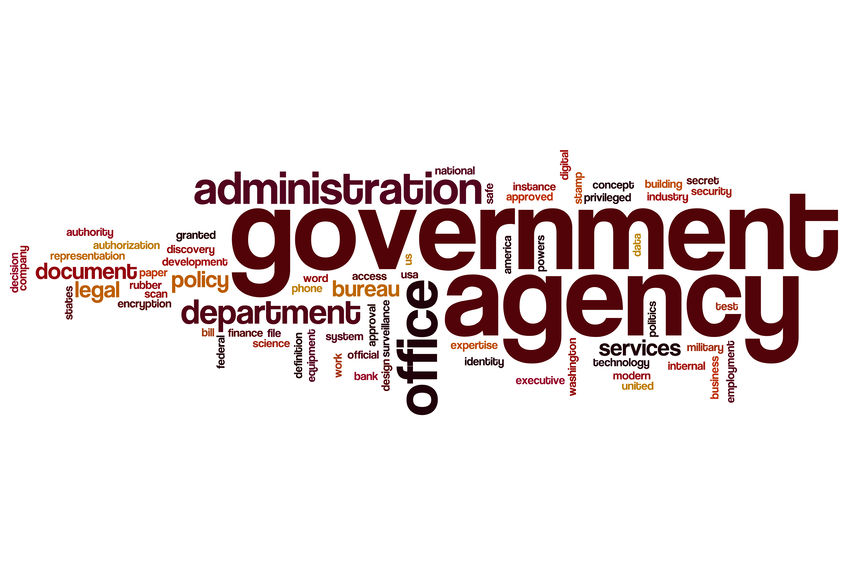Registering and protecting your intellectual property rights with the United States Patent and Trademark Office (“USPTO”) is not only a recommended option when wanting to preserve the rights of your company and the goods and services it offers, the registration also acts as a security blanket for other government agencies to act upon. With a validly registered trademark with the USPTO, the United States Customs & Border Protection (“CBP”) offers further protections with the ability to record that trademark through them as well. CBP has the ability to seize and detain any kind of intellectually protected property in the United States. This applies to all tangible goods that are being sold and exported across the country and its borders.
How Do I Record My Trademark Registration With U.S Customs & Border Protection?
In 2005, CBP released the intellectual property rights e-recordation system. This system now allows trademark holders to electronically file for recordation with the CBP. Upon registration, the CBP requires that the individual, upon registration, must simply provide its U.S. Patent & Trademark Office Registration Number or the U.S. Copyright Office Registration Number, digital images of the protected mark/work in “.jpg,” “.gif” or “.pdf” format that accurately depicts the right to be protected. Individual image files are limited to 2MB, and lastly, evidence of a pending application for registration at the U.S. Copyright Office, if recording an unregistered copyright with CBP.
Why Recording with U.S Customs & Border Protection Is So Important?
In today’s society, with counterfeit being so abundant and easily accessible, it becomes harder to track down infringing activity. However, registering with as many government agencies as you possibly can, enables broader protections for both you as the registered owner and the deceived consumers. Counterfeit products have extended beyond much more than your average knock-off Louis Vuitton bag. Counterfeit now exists for products such as skin care, make-up, medications and even baby formulas. Recording your trademark with the CBP allows for U.S border agents to assess and hold potentially counterfeited products for the inspection of the registered brand owner. CBP also allows registered owners the ability to submit “product identification guides” so that agents at major ports and entry borders are knowledgeable and aware of the brands and become more inclined to spot out anything they may deem as fake or counterfeit. This is both a protection for the owner and consumer because many products, especially advertised online, have been discovered to be imposters acting upon the names of these well-known brands.








